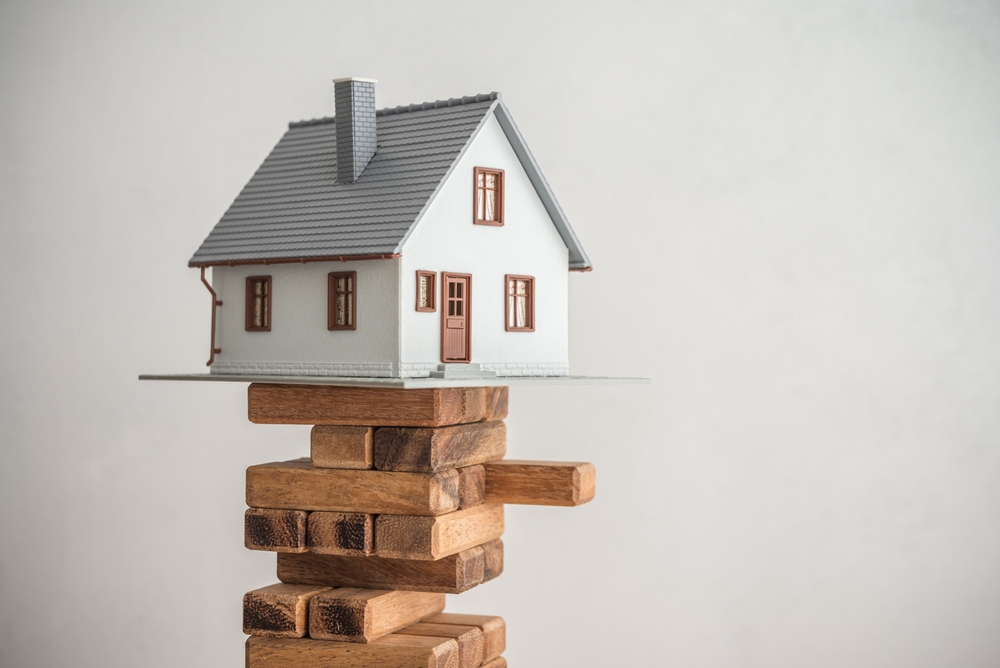How Much Is Your Home Worth? Complete Valuation Guide
Discover practical ways to determine your home's value and make smarter real estate decisions. This guide explains professional appraisal methods, how market trends influence property prices, improvements that typically increase worth, and the best tools—online estimates, CMAs, and licensed appraisals—to monitor your home's value over time.

Understanding what your home is worth matters whether you plan to sell, refinance, or simply track your investment. Property valuation combines objective methods, market behavior, and condition-based factors. Below is a clear breakdown of how professionals calculate value, which market forces move prices, which renovations tend to pay off, and the best ways to keep tabs on your property’s worth.
How professional appraisers assess property worth
Licensed appraisers rely on three primary approaches to estimate home value, choosing the method or combination that best fits the property type and purpose of the valuation.
-
Sales comparison approach: This is the most common technique for residential properties. Appraisers analyze recent sales of comparable homes (“comps”) in the neighborhood, adjusting for differences in size, condition, age, lot, and amenities. The goal is to arrive at a market-based price that reflects what buyers are paying in your area.
-
Cost approach: Useful for newer or unique homes, this method estimates how much it would cost to replace the structure today, subtracting depreciation and then adding the land value. It’s particularly helpful when there are few comparables or when the property has distinctive features.
-
Income approach: Primarily applied to rental or investment properties, this approach projects potential income and converts it into value using capitalization rates or gross rent multipliers. It assesses return on investment rather than direct market sales.
Appraisers consider the property’s physical condition, any upgrades, local zoning, and recent market activity. The final appraisal is a professional opinion supported by data, documentation, and standardized methodologies.
Market trends and their impact on home values
Real estate values are not static. Broader economic forces, local developments, and short-term cycles shape property prices:
-
Interest rates: Lower mortgage rates generally boost buying power, increasing demand and prices. When rates rise, affordability can drop and values may cool.
-
Supply and demand: A shortage of homes for sale typically pushes prices up, while oversupply can lead to price declines. New construction, inventory levels, and population shifts drive these dynamics.
-
Local development and amenities: New schools, transit links, or commercial projects can raise desirability and values. Conversely, negative changes in an area can depress prices.
-
Seasonal patterns and economic indicators: Spring often sees higher listing activity and stronger pricing, while economic indicators like employment rates and consumer confidence also affect buyer behavior.
Understanding these trends helps homeowners choose the right time to list, refinance, or make improvements.
Home improvements that increase property value
Not every renovation yields the same return. Prioritizing projects with strong resale appeal and cost-effectiveness will typically deliver the best results:
-
Kitchen remodels: Upgrading appliances, countertops, and cabinetry tends to have one of the highest returns in terms of increased value and buyer interest.
-
Bathroom renovations: Modern fixtures, efficient layouts, and updated finishes can significantly raise perceived value and sellability.
-
Energy-efficient upgrades: Improvements like new windows, insulation, energy-efficient HVAC systems, and solar panels can lower utility costs and appeal to eco-conscious buyers, enhancing long-term value.
-
Curb appeal and landscaping: First impressions matter. Fresh paint, tidy landscaping, new entry doors, and well-maintained exteriors can boost perceived value more than many interior changes.
-
Structural and system updates: Addressing roof, foundation, electrical, or plumbing issues may not be glamorous, but these repairs prevent value suppression and are often required by buyers or lenders.
Choose renovations that align with neighborhood standards and the expectations of likely buyers to maximize return on investment.
Methods to track your home’s value
There are several reliable ways to monitor your property’s worth, ranging from instant online estimates to formal appraisals:
-
Online valuation tools: Sites like Zillow and Redfin offer quick, free estimates based on public records and recent sales. They’re useful for a ballpark figure but can miss recent updates or unique property traits.
-
Comparative Market Analyses (CMAs): Real estate agents prepare CMAs that compare recent sales and active listings to provide a locally informed estimate. Many agents offer CMAs for free as a way to connect with sellers.
-
Professional appraisals: For major financial decisions—like refinancing or selling—hiring a licensed appraiser yields the most defensible valuation. Appraisals include inspection, documentation, and a professionally supported opinion of value.
-
Property tax assessments: Local governments periodically assess value for tax purposes. These assessments can be a reference but may lag behind current market conditions.
-
Regular monitoring: Track local listings, sales, and neighborhood trends. Re-evaluate your home’s value after major renovations, changes in the local market, or regulatory shifts.
| Valuation Method | Provider | Cost Estimation |
|---|---|---|
| Online Valuation | Zillow | Free |
| Online Valuation | Redfin | Free |
| Professional Appraisal | Licensed Appraiser | $300-$700 |
| Comparative Market Analysis | Real Estate Agent | Often Free |
| Property Tax Assessment | Local Government | Free |
Prices, rates, or cost estimates mentioned in this article are based on the latest available information but may change over time. Independent research is advised before making financial decisions.
Putting it all together
Quick online estimates give immediate insight, while CMAs and appraisals offer progressively more accurate assessments. For everyday monitoring, check online tools and local listings; for important financial moves, invest in a professional appraisal. Regularly reviewing your property’s value and prioritizing cost-effective improvements will help you protect and grow your real estate investment over time.






